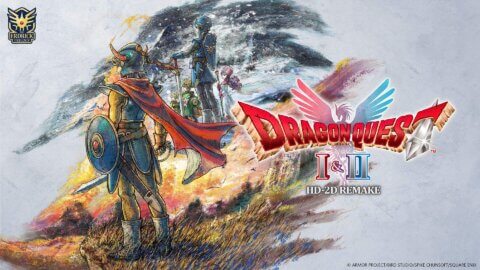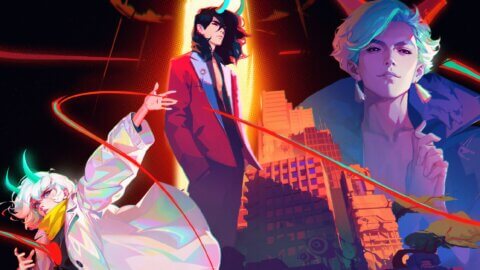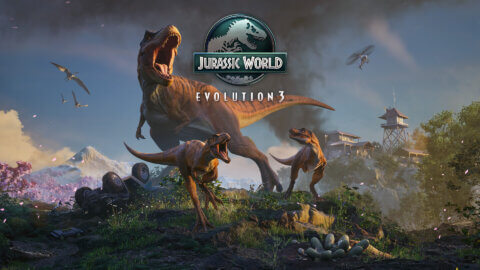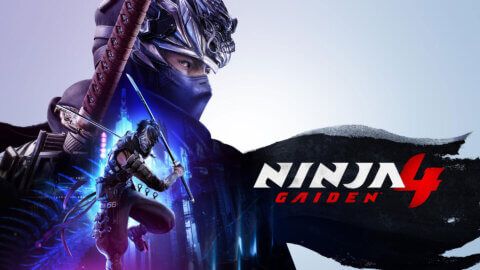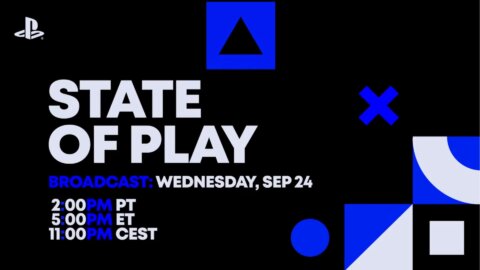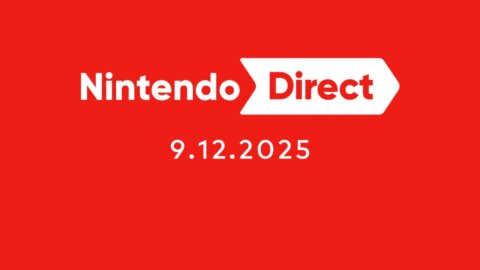I’ve been playing Donkey Kong games for as long as I can remember. I grew up on the original Donkey Kong Country trilogy on the SNES and Country 2 is still one of my all-time favorite platformers. Like a lot of longtime fans, I’ve always held a bit of cautious optimism about DK’s future. Donkey Kong 64 tried to go 3D and…well, we all know how that turned out. So when Donkey Kong Bonanza was announced as a full 3D outing developed by the team behind Super Mario Odyssey, I was intrigued. The pedigree was there. The talent was there. But would this finally be the 3D Donkey Kong game we’ve been waiting for? I’m happy to report that not only does Bonanza deliver, it absolutely exceeds expectations.
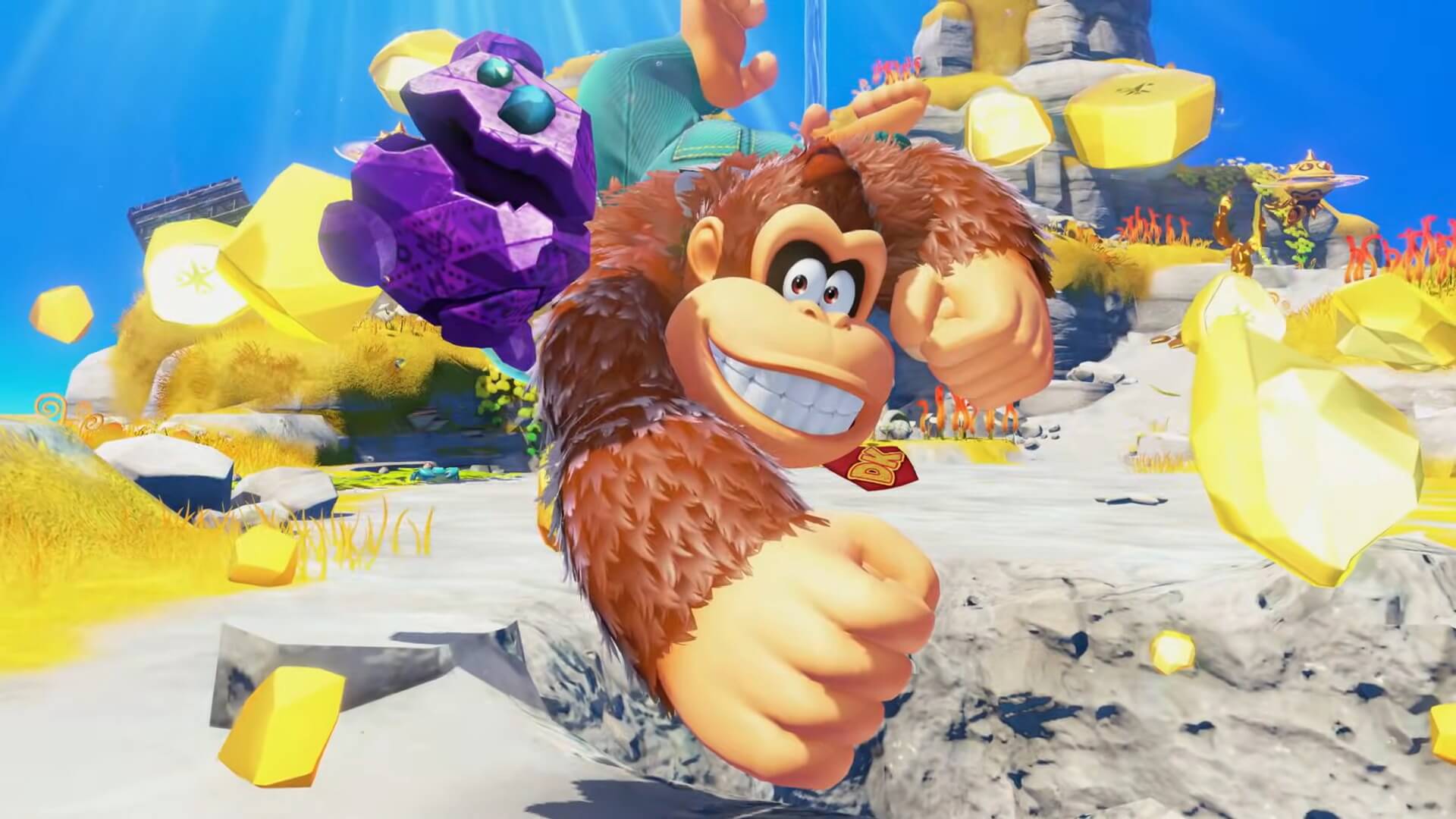
The plot kicks off in classic DK fashion: chaos at the start of the game, bananas stolen (again), and our big guy losing his cool as he’s forced to go and retrieve his horde. This time, though, there’s a twist. A mysterious corporation called Void Co. has appeared, sucking up resources and plunging the world into imbalance. They’re not just after DK’s banana stash, they’re reshaping the world itself. And standing against them? Donkey Kong and a surprise ally: Pauline.
Yes, that Pauline. The Mayor of New Donk City, and DK’s original damsel-in-distress from the arcade days. She’s a central character here, bringing a grounded, mission-driven energy to DK’s usual banana-fueled chaos. Their unlikely team-up works surprisingly well, and the game finds clever ways to make her presence matter to both the plot and the gameplay. She also leads the majority of conversations too, given DK doesn’t talk.
The setup gets you moving fast. After a brief tutorial area, you’re thrust into a wildly colorful and destructible world, collecting bananas, battling plenty of enemies and bosses, and journeying deeper, literally, into the Earth.
Bonanza is structured around open-zone levels. Giant, sprawling environments teeming with collectibles, secrets, and traversal challenges. It’s not an open world per se, but each stage feels like a sandbox begging to be cracked open and explored. These areas are some of the most densely packed and creatively built zones Nintendo has made, with verticality, hidden tunnels, and destructible terrain everywhere you look.
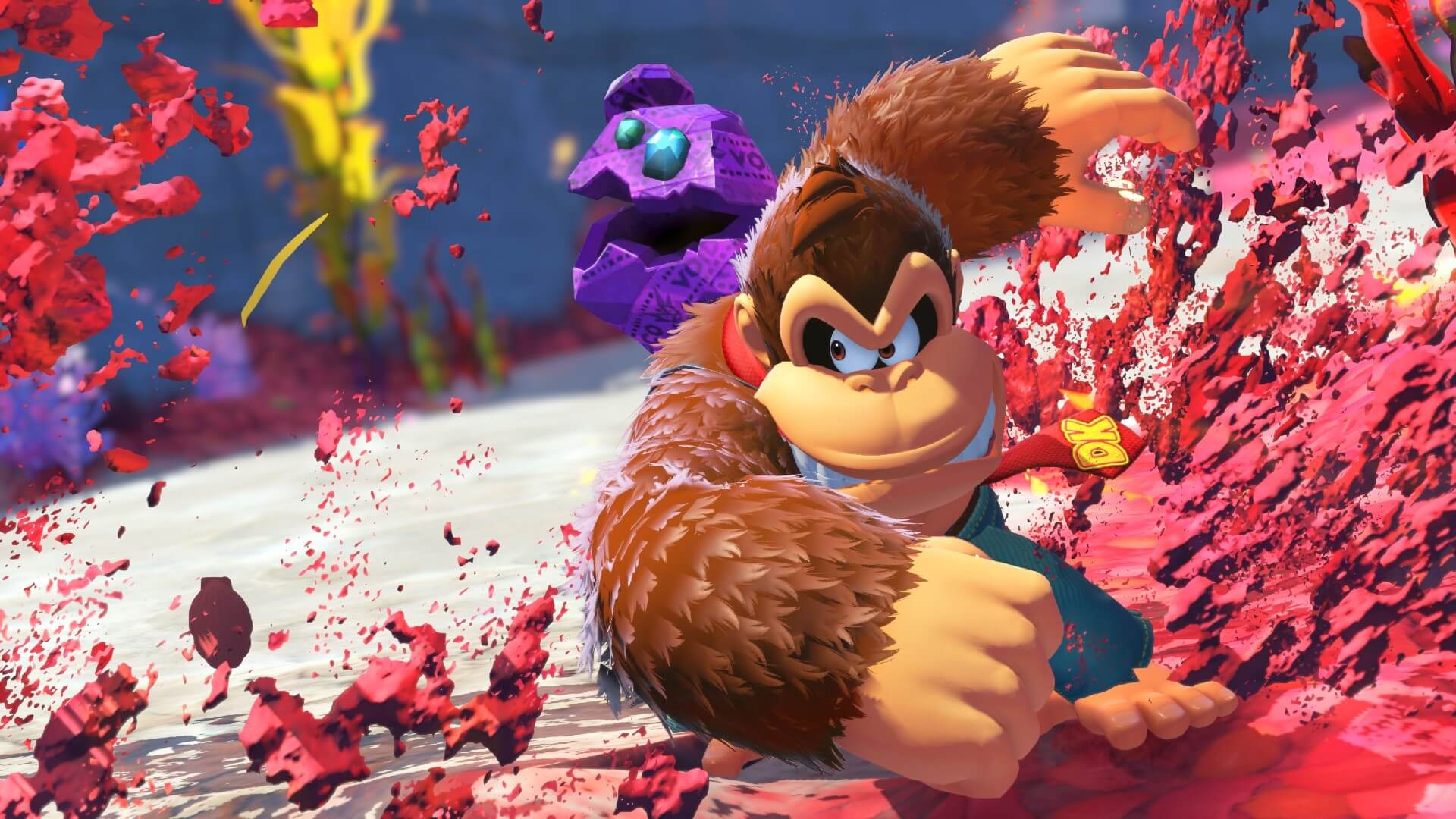
What sets Bonanza apart is its incredible commitment to environmental interaction. Just about every surface, wall, or pile of dirt can be smashed, dug through, climbed, or blown apart. See a shimmering banana behind a rock wall? You’re probably a skill upgrade or one good slam away from grabbing it. I loved the feeling of gradually gaining new skills and revisiting earlier areas with fresh abilities, turning what was once a tease into a treasure trove. Its Metroidvania meets collect-a-thon platformer, and it works.
The main progression system is tied to descending further and further down through the Earth’s crust. Each major boss battle unlocks a new level deeper underground, introducing new biomes with distinct aesthetics and challenges. From lush jungle canopy ruins to crystalline caverns and lava-drenched factories, each stage feels completely different from the last. I never got bored exploring because I never knew what visual flavor or gameplay twist was coming next.
At the core of the game is its destructible environment mechanic. Nearly everything in the world can be impacted in some way. Some surfaces crumble with a ground pound, or a heavy punch, and hidden paths are often revealed by plowing through what looks like just another wall. It never stops being satisfying. There’s something incredibly primal and rewarding about being given a world and being told to try and break it apart.
But it’s not mindless. Many of the game’s collectibles—especially the elusive golden bananas—require clever use of both destruction and platforming. Sometimes you’ll need to smash a wall to activate a hidden switch, then use your upgraded double jump ability to reach a new ledge, and then burrow underground to find a secret chamber. The puzzle design is top-notch, always logical but never too obvious.
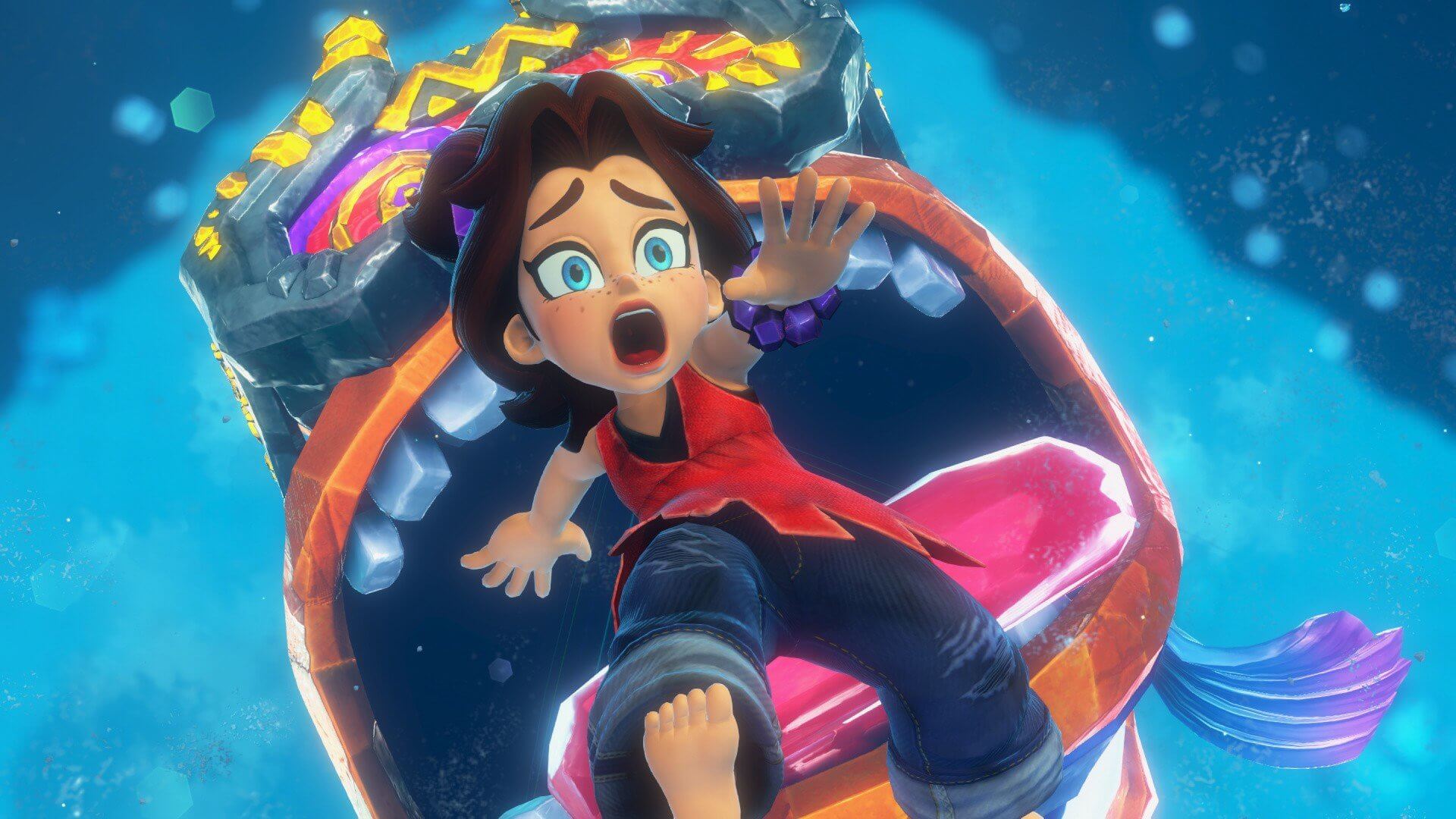
Along the journey, DK isn’t just collecting bananas, he’s evolving. For every 5 golden bananas you collect, you earn a skill point. These can be spent in an impressively deep skill tree that enhances everything from traversal to combat to exploration tools. Early on, you’ll unlock things like a charged roll, longer wall jumps, or stronger ground pounds. Later, you’ll gain stronger combat abilities, new digging moves, or expanded ways to interact with the world.
This progression system adds real incentive to chase every hidden collectible. Not only are golden bananas satisfying to find, but they also give you tangible new powers that open up more of the map. It’s a brilliant feedback loop: explore, find bananas, get stronger, explore more, find bananas you couldn’t reach before. Rinse, repeat, enjoy.
Another standout feature is the Bonanza Forms—temporary transformations DK can use after unlocking certain upgrades or hitting specific key events in the game. These include things like Kong Bananza, which lets you smash through tougher terrain types; Ostrich Kong, who can fly and reach higher areas; and even Zebra Kong, which grants a speed boost that allows you to travel across water and ice with ease.
Each form is tied to both exploration and puzzle-solving, and they’re more than gimmicks. They’re essential tools that feel like natural enhancements of DK’s abilities. The game does a great job of introducing them gradually and mixing them into the pacing just when you think things might be slowing down.
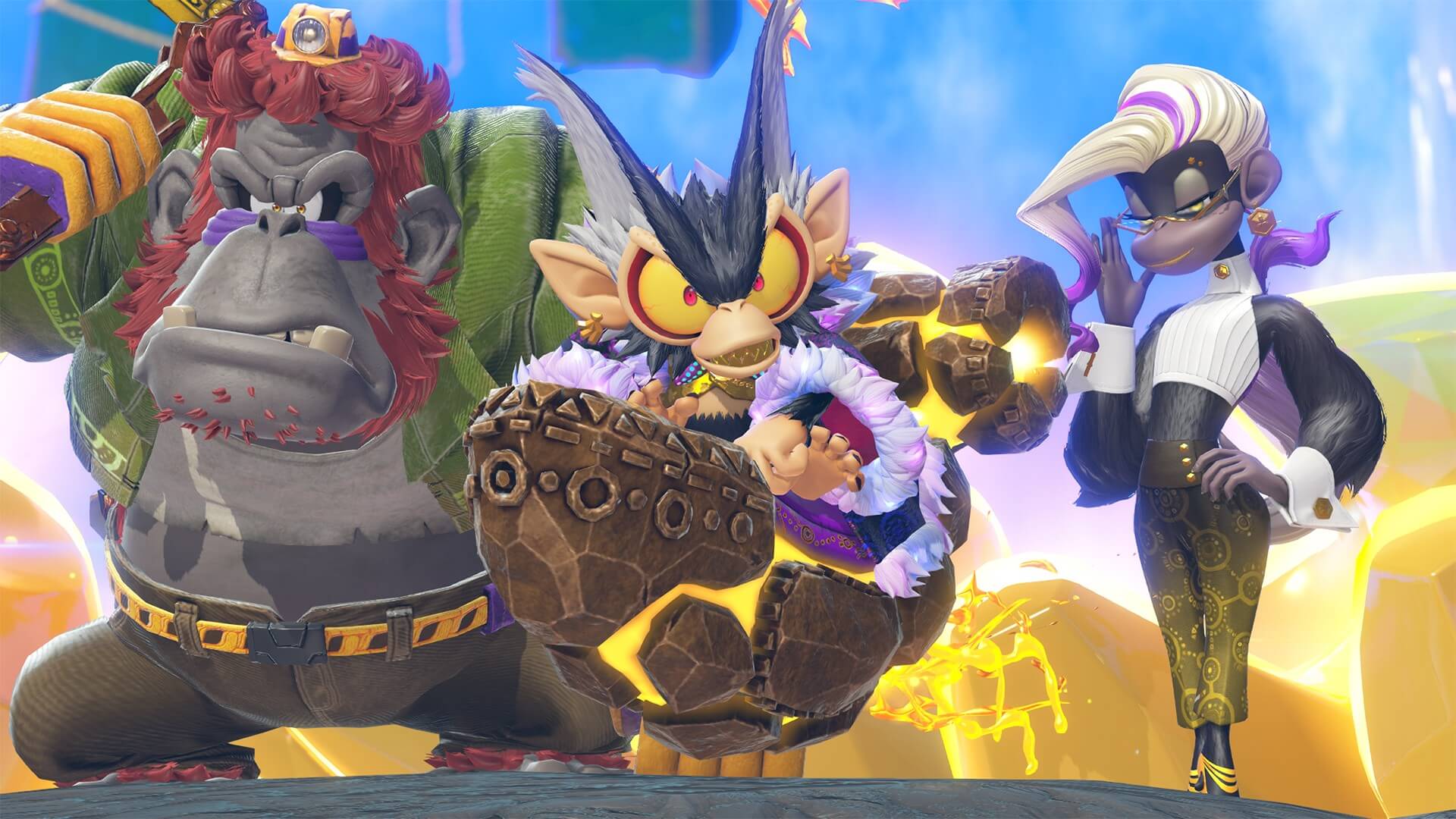
I can’t stress enough how well-paced this game is. Every time I felt like I’d seen all it had to offer, it threw something new at me. A new biome. A new Bonanza Form. A timed banana trial. A story beat that revealed a new side character. A hidden mini-boss. There’s always something.
Visually, Donkey Kong Bonanza is a stunner. The Nintendo Switch 2’s improved hardware finally lets DK look as expressive and detailed as his personality demands. His fur ripples, his eyes dart with subtle emotion, and every animation feels fluid and fun. The environments are lush and richly detailed without being cluttered, and the lighting effects—especially in the underground crystal biomes—are gorgeous. As for performance, it’s solid overall. Whether docked or handheld, the game feels great to play. There are occasional frame rate drops, particularly when a ton of particles and destruction effects are flying across the screen, but it’s nowhere near disruptive. Honestly, considering how much is happening at once in some scenes, I was impressed the Switch 2 handled it as well as it did.
What really makes Donkey Kong Bonanza special is that it just feels good to play. That undefinable Nintendo quality. Smooth controls, perfect feedback, inventive level design, charming characters, it’s here in spades. Everything feels polished to a mirror shine. From the sound effects when you grab a banana, to the little animation of DK celebrating with Pauline after a boss fight, it’s overflowing with personality and care.
This is the kind of game that reminds you why Nintendo still leads the industry in fun. No one else does it like this. It’s pure joy in a cartridge, and it respects your time. It doesn’t overstay its welcome, it doesn’t get bogged down in padding or fluff. It just delivers fun, consistently, at a high level from start to finish.
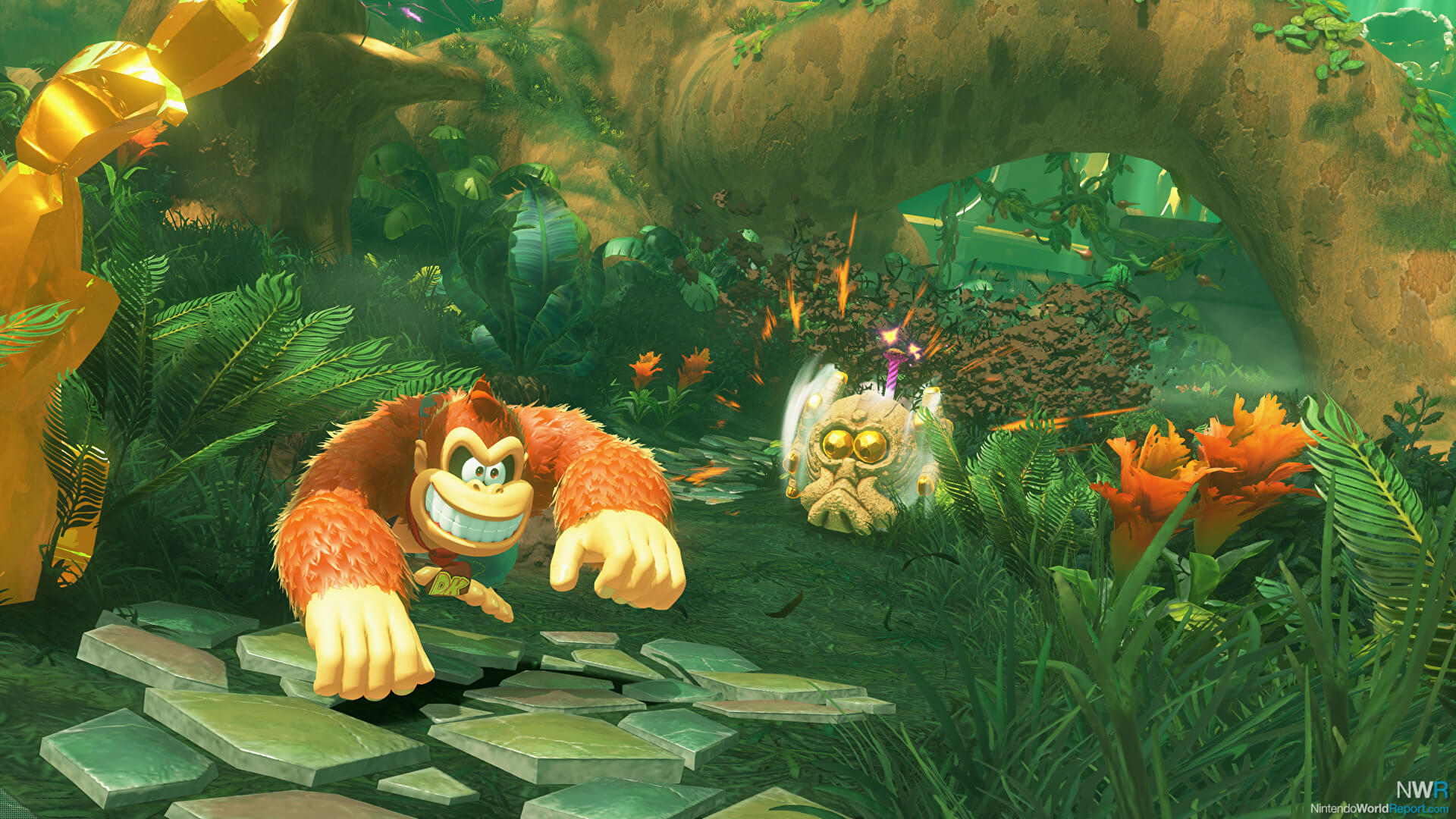
Final Thoughts
Donkey Kong Bonanza isn’t just a return to form, it’s a new benchmark for 3D platformers. It captures the spirit of the Donkey Kong Country games I grew up loving, but reimagines it with modern design and freedom. It’s endlessly rewarding, visually gorgeous, packed with things to do, and bursting with charm. Whether you’re a longtime DK fan or someone new to the franchise, this is an absolute must-play. It’s also one of the best reasons yet to own a Nintendo Switch 2. This is the kind of first-party title that justifies the hardware, it’s ambitious, creative, and full of surprises. It’s a game that feels handcrafted for all ages, where every player will find something to love.
A Nintendo Switch 2 review code was provided by Nintendo for the purpose of this review.
If you want to see more content like this and never miss one of our frequent gaming and anime giveaways come and Follow Ani-Game on Twitter.
10
- + A great showcase for the Nintendo Switch 2
- + Amazingly fun levels and world design
- + Incredible pacing all-round
- + So much to unlock, see and collect
